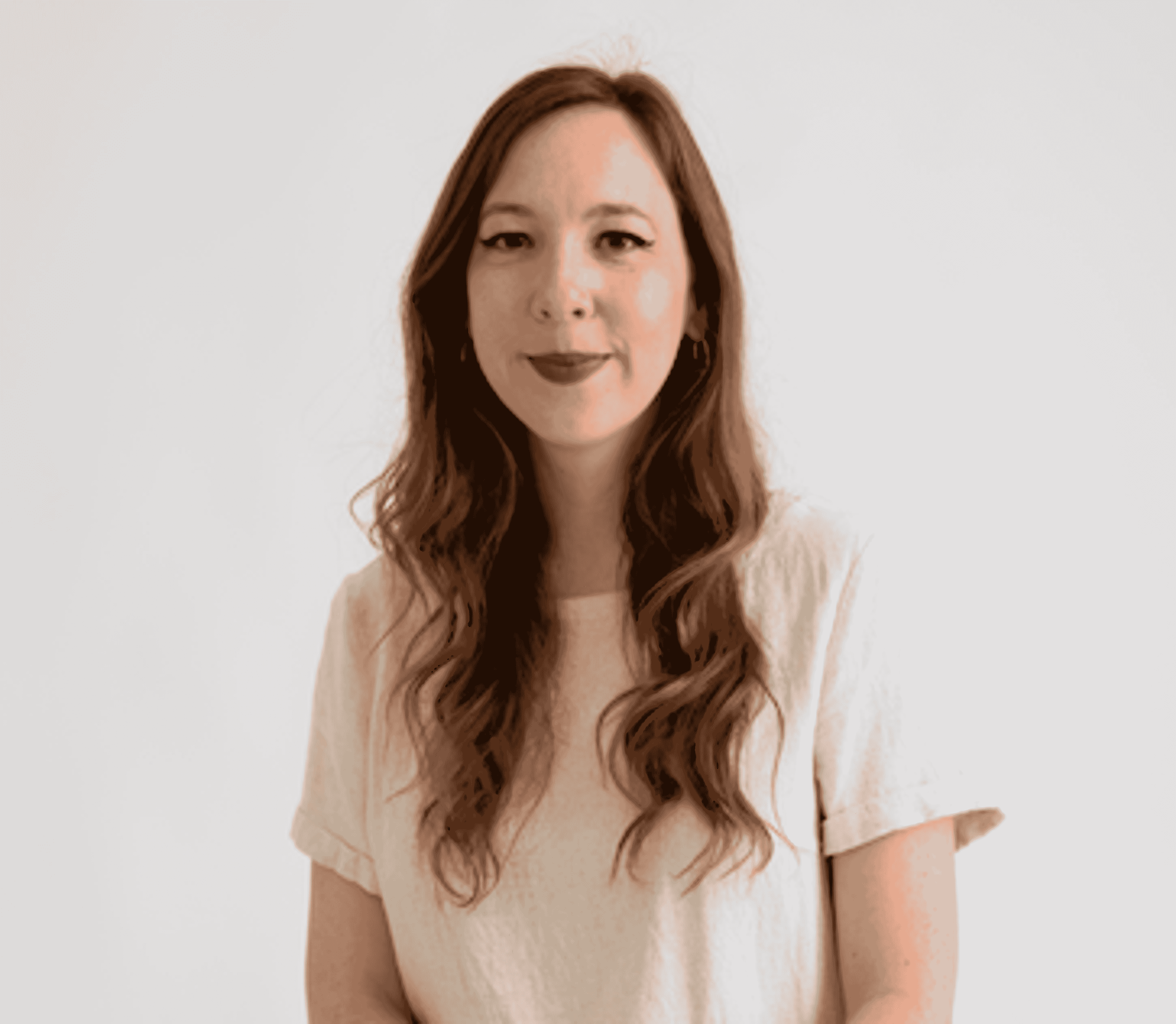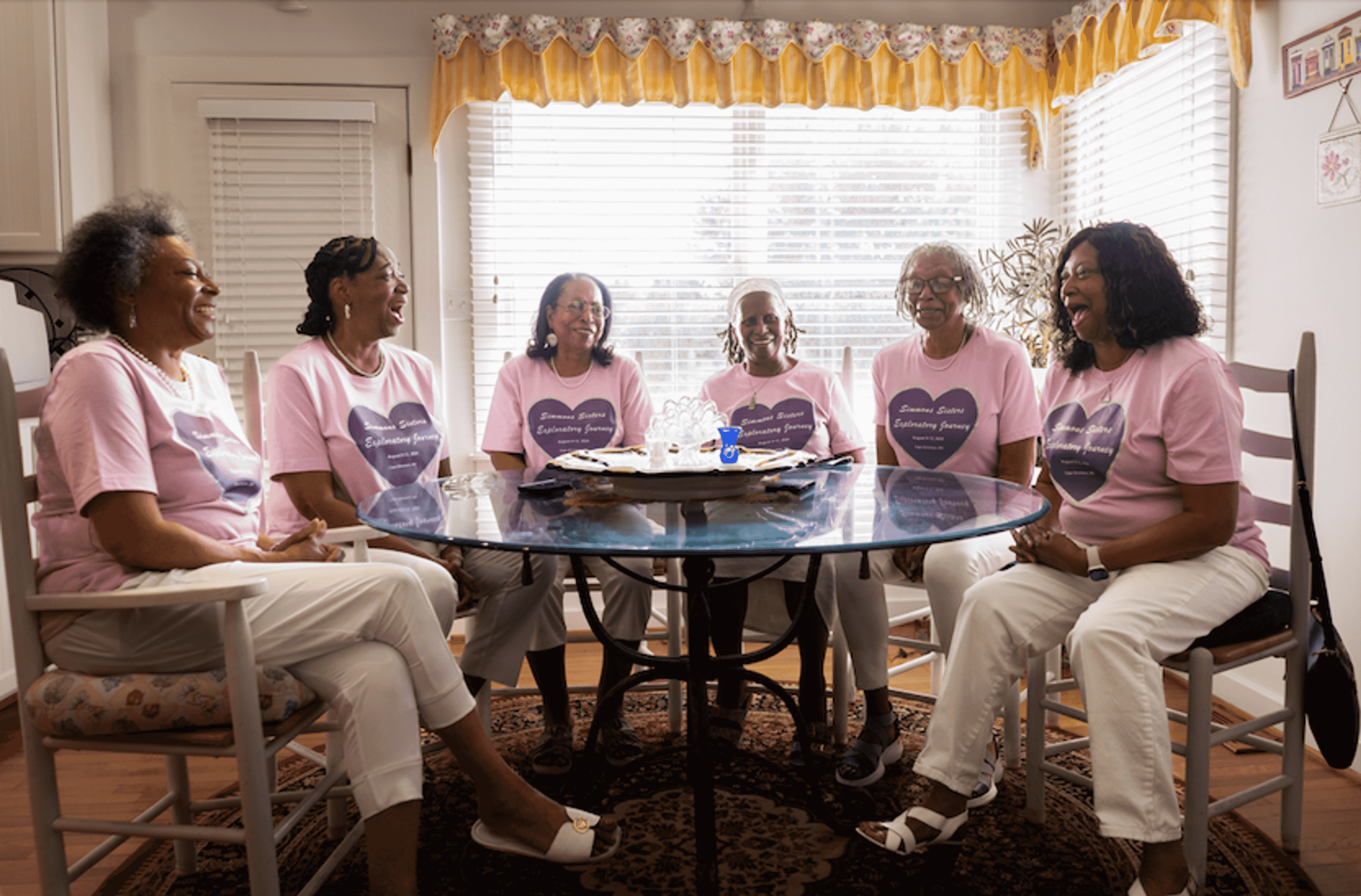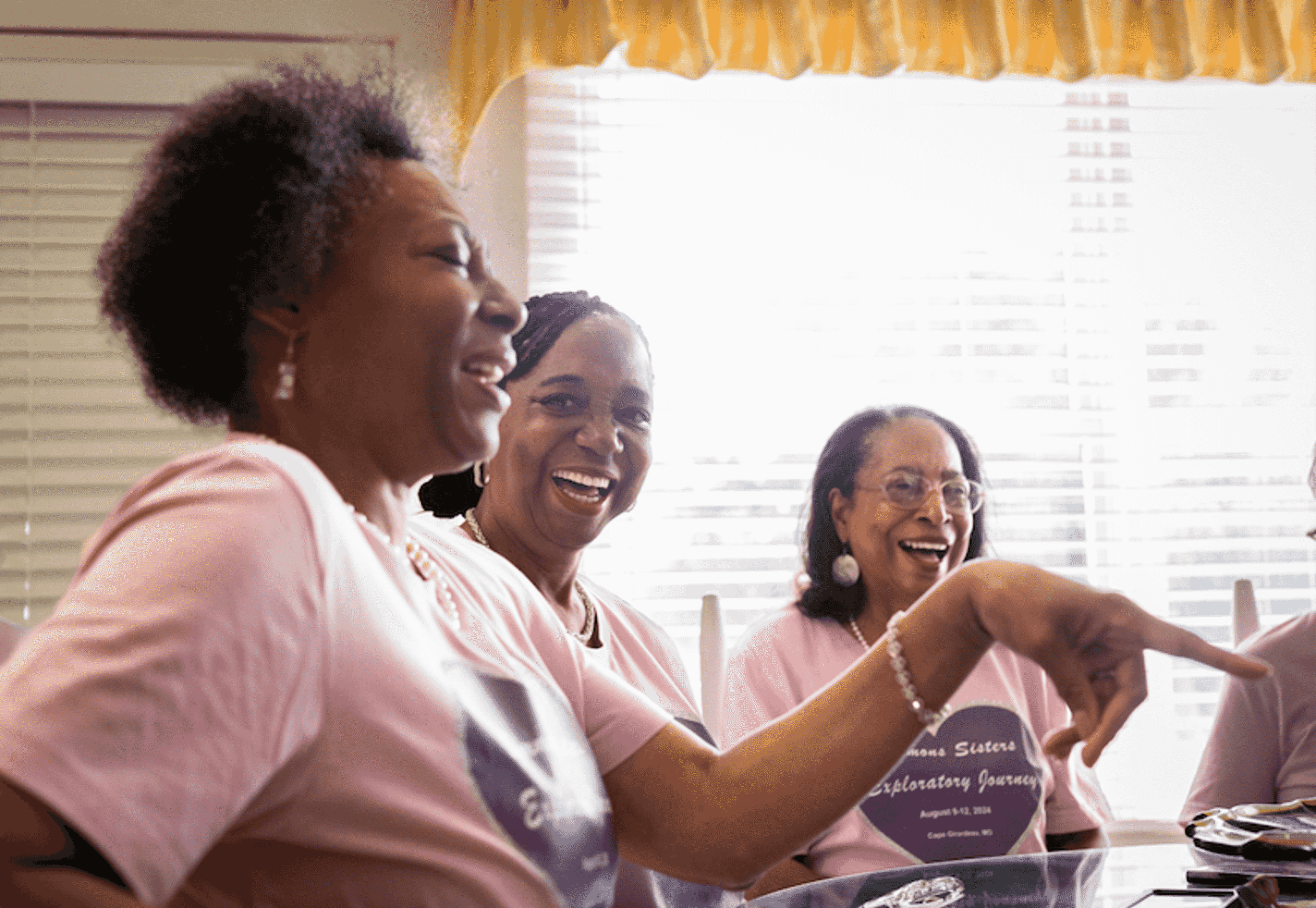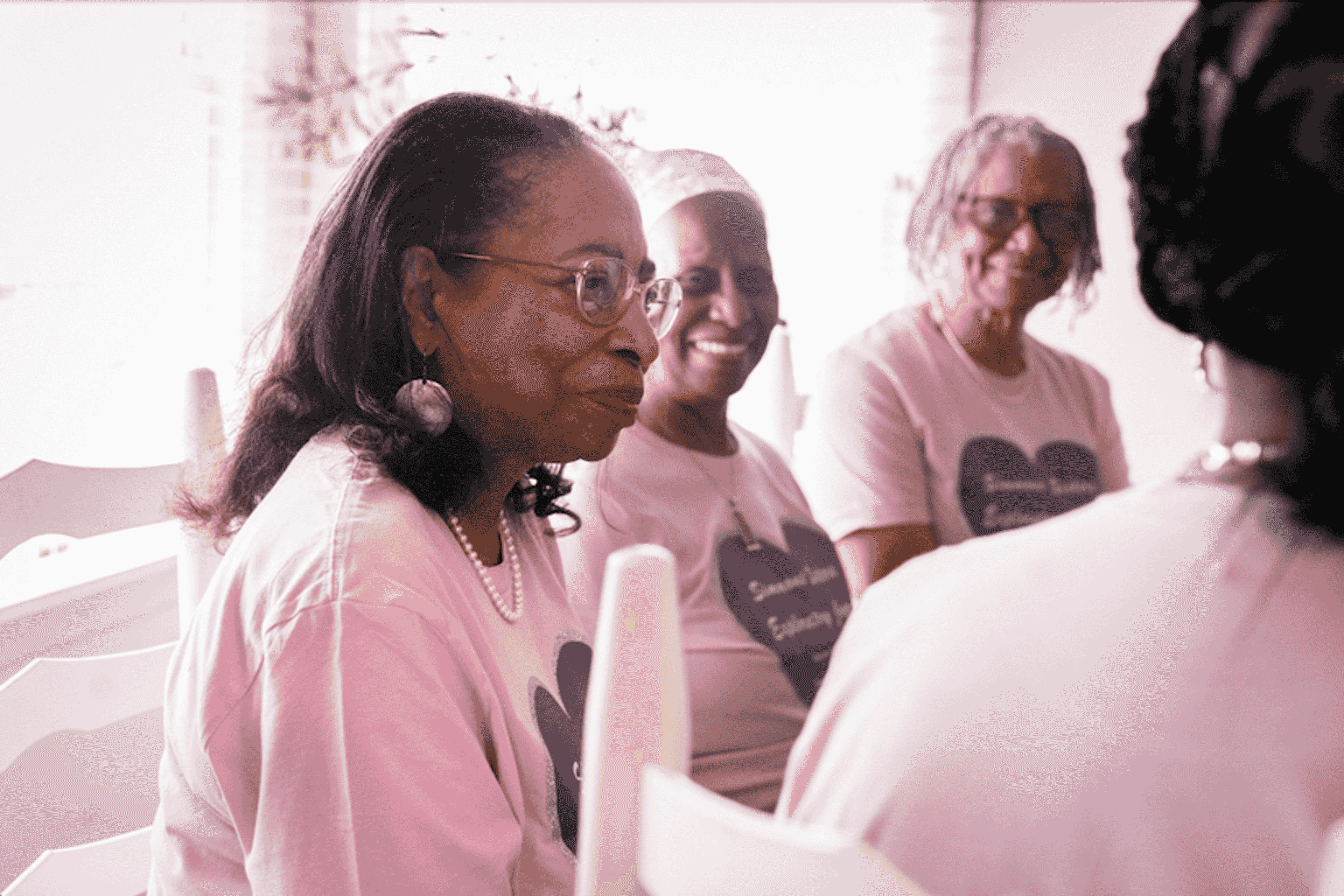Finding Family: Loretta Prater, who grew up an only child, connects with her 15 siblings through DNA testing in her 70s
Raised as an only child, Dr. Loretta Prater discovered through DNA testing while in her 70s that she has 14 siblings, intertwining her personal history with the village of Smokey Hollow, which was destroyed in the 1960s due to urban renewal.
Hello, my name is Cynthia Simmons Logan. I'm calling to speak with Dr. Prater. I’m responding to an Ancestry inquiry.
That’s the message Dr. Loretta Prater heard on her answering machine on a Wednesday at 11:15 a.m. in February 2022. She had been practicing her daily routine of writing in her office when she heard the phone ring; she hadn’t bothered to answer it because she didn’t want her writing to be interrupted. When she went into the kitchen to eat lunch, her husband, Dwight Prater, told her a woman had called and left a message for her. After eating, she pressed “play” on the answering machine and knew her life was about to change.
“I listened to the message, and I’m like, ‘Oh my God.’ ‘Cause I had sort of immediately knew what it could be,” Prater says. “I always knew that that could happen one day. But I was 76 years old, it hadn’t happened.”
Raised as an only child by her maternal grandparents in Chattanooga, Tenn., Prater did not know her father while growing up; when she would ask her mother about her father, her mother would not talk about him. She says wanting to know about her dad and his side of the family came to mind every time she changed doctors and needed to fill out her medical history but didn’t know how to fill out half of it. But she had gone all of her life without knowing about her father and felt afraid that if she did try to find him, he would already be deceased and she wouldn’t have the chance to meet him. So, she didn’t pursue it.
When Prater’s husband Dwight retired, however, he became interested in researching his family’s ancestry and asked Prater if she would like to do a DNA test through Ancestry.com so she could find out about her family, too. Although Prater had reservations, she decided to send her DNA off in January 2019.
When her test results came back, she recognized on the results the names of some of her cousins from her mother’s side; there were also names she didn’t know. In the middle of writing and publishing a book at the time, after searching on Facebook the name of one of her results — “Cynthia Logan” — who appeared to be a very close relative and finding many Facebook profiles that matched the name, she decided to focus on her book project rather than on trying to connect with these unknown members of her family.
Three years later, Cynthia Simmons Logan called Prater and left the message on Prater’s answering machine that changed Prater’s — and Simmons Logan’s — lives. Prater called Simmons Logan back, and after talking about each others’ names on their Ancestry.com results, agreed they were sisters.
Before they hung up the phone, Prater asked Simmons Logan if Simmons Logan had any other siblings. Prater recalls Simmons Logan laughing and telling her yes: There are 14 siblings plus a cousin raised as a sister in the Simmons family.
How DNA testing works
Throughout the past two to three decades, DNA testing has been on the rise, as technology, scientific knowledge and marketing for consumer genetic testing have advanced. Specifically, Ancestry started as a publication in 1983, moving to an online presence as Ancestry.com in 1996, with Ancestry.com websites in countries around the world beginning to launch in 2001. In 2012, the company launched the autosomal AncestryDNA testing process, which tests the human genome at 700,000 markers to tell consumers about their ethnicity.
According to a 2019 PEW survey, 15% of American adults have used a mail-in DNA test kit like Ancestry.com’s AncestryDNA; 38% of people who have tested their DNA through these services reported being surprised about where their ancestors came from. Respondents listed learning about their family’s origins, getting information about their family’s health or family medical history, and connecting with relatives they didn’t know about as motivations for using the service.
To participate in DNA testing through Ancestry.com according to Forbes, users spit into a tube and mix their saliva with the activation fluid in the tube’s cap. After mailing back the tube to the company, users receive results within six to eight weeks, tracing family back five to seven generations on maternal and paternal sides. Ancestry.com members who are matches can view a user’s DNA test results through family tree linking, which links results to users’ family trees; or, users can opt to keep their results private. Results estimate the percentage of a user’s DNA that comes from regions across the globe based on DNA data collection from other users.
Today, with more than 25 million people who have taken a DNA test and more than 30 billion records in its database, Ancestry.com is available in more than 80 countries across five continents, expanding the pool of data available for consumers to learn about themselves and their family history.
But there are potential risks: Numerous sources have cited the volatility of a private company storing DNA, including that the company can be bought and sold at any time without consulting the people who have contributed their DNA to the project. A similar situation occurs when users opt in to let their DNA be used in medical research: They have no say in how the research is used and receive no royalties for drugs created from the testing performed on their DNA. In addition, data breaches are a potential concern, as well as law enforcement officials gaining access to the genetic data in the future.
And the emotional and psychological duress that learning the results from DNA testing can cause should not to be overlooked: For some, discovering they are not who they thought they were, their parents are not who they thought they were or finding relatives they didn’t know existed can cause pain and grief amidst individuals and families. And according to the 2019 PEW survey, the potential for these feelings happens somewhat frequently: 27% of people who have participated in DNA testing reported they have found out about close relatives they didn’t previously know about.
Becoming part of the family
For the Simmons and Praters, however, this has been a happy event. After finding out they have another sister, the Simmons siblings organized a Zoom call with all of the living siblings — six of the Simmons siblings are deceased — and their spouses, so they could all meet each other. After this, they decided the next step was meeting in person and planned for Prater and Dwight to come to Tallahassee, Fla., where many of Prater’s siblings live, for Thanksgiving in 2022, so they could show her parts of the city that are important to their family. While on this trip, Prater got to see her father’s grave, parts of the city he constructed as a mason and Smokey Hollow, where the Simmons family lived before urban renewal destroyed the community in the 1950s and ‘60s. While at this site, Prater and her siblings were featured on the local Tallahassee news talking about what family means to them.
Since then, Prater has been able to spend Mother’s Day with her brother Frank in Texas, where she received a T-Shirt that states “I found my family” as a gift from her family for Mother’s Day. Prater and Dwight attended the Simmons family reunion in 2023 in Myrtle Beach, S.C. And this August, Prater’s sisters came to visit her in Cape Girardeau for a long weekend, so they could all get to know each other better.
Prater says her siblings’ reception of her has been beyond what she thought possible.
“I didn’t know how it would be received. Because I know in some situations when this happens, people are like, ‘Hey, I don’t want to know about this, I don't want to have anything to do with you,’” Prater says. “I had prepared myself for that if that had been the case. … But [our meeting] was spiritual, it was very heartwarming, it was just amazing how they received me.”
Prater’s sister Jacqueline Simmons says the Simmons family is a “warm and loving” family, traits taught to them by their parents, and it was important to the siblings that they show this to Prater and help her to feel the love they have experienced all of their lives.
“It just comes naturally. We’re just a big loving family anyways, and some things, it just come natural,” Simmons says. “I can’t explain it. … I feel like I've always known her, even though I just met her.”
Simmons Logan says as the first to find out, she didn’t sleep for two nights, wrestling with mixed emotions about being happy to meet her sister and also having “issues” with her dad.
“It took a moment of forgiveness [for my father],” Simmons Logan says. “But you don’t pick your families. … And we’re not responsible as children. So, you begin to resolve things like that in your heart.”
Prater’s sister Audrey Simmons Smith says the timing felt right for Prater to come into their lives; if it would have been earlier, she thinks things might have been “out of whack.” Simmons Smith’s biggest priority was making sure Prater felt the love with which their parents raised the Simmons children.
“I wanted her to feel welcome and know that we were embracing her,” Simmons Smith says.
Finding family amidst diaspora
Ancestry.com has been particularly helpful to the Simmons family because members of their family were displaced in the 1950s by urban renewal from their home in Smokey Hollow, a thriving Black community founded by people who had formerly been enslaved, a village that flourished in Tallahassee from the 1890s to the 1960s, home to churches, restaurants, stores and hundreds of residents, according to WFSU Public Media and the Visit Tallahassee website. The Simmons’ parents, aunt, uncle and some of the siblings themselves lived there with approximately a hundred other families less than a mile from the Florida capitol building.
Starting out as residents who worked as mostly working-class laborers who earned wages that were low, as the years passed, Smokey Hollow also cameto be home to doctors, lawyers, teachers and entrepreneurs, according to Prater’s sister Mary Miaisha Mitchell, who has done work to preserve the oral and physical history of Smokey Hollow.
According to Florida State University history professor Jennifer Koslow in the Tallahassee Democrat, many Smokey Hollow residents rented their homes, which made them susceptible to displacement in the name of development; the mid-20th-Century government’s use of eminent domain destroyed many working-class, minority and immigrant communities, displacing families throughout the nation, she states.
According to the Tallahassee Democrat, residents were pushed out of Smokey Hollow by the construction of Apalachee Parkway in the 1950s, when segregation laws were still prevalent, limiting the places former Smokey Hollow residents could live. Then, in the 1960s, many other residents lost their businesses and were made to move when the state built the Florida Department of Transportation building in the place where the families lived.
After being displaced from Smokey Hollow, the Simmons family moved to public housing in 1955, which restricted tenants to nuclear family members only; in Smokey Hollow, Mitchell says extended family members like cousins were always at their home and were considered part of their family. Mitchell says when this gentrification occurred, people left and moved to different places, and “even today, we don’t know where some of them went.”
Now, Smokey Hollow is listed on the National Register of Historic Places, and the area is home to a section of Cascades Park that includes a fountain, spirit houses — shotgun-style house frames made of black steel — and a fully-restored barber shop that is the last-remaining business structure that stood in Smokey Hollow, according to Intergovernmental Blueprint Agency, to commemorate the people who lived there. In the John G. Riley Center/Museum of African American History and Culture, formerly the home of educator and civic leader John Gilmore Riley according to the Tallahassee Democrat, a banner displaying the images of Simmons’ mother, father and grandfather commemorates the Simmons family’s presence in the community.
“When [the displacement] happened, it destroyed so much of our family. That’s how we lost so many people we’re looking for, because we just didn’t know where they went,” Mitchell says. “That made us really sad. Even today, I could talk about this so long, because it gives me that feeling of loss of family, because that’s what happened. Because in that communal community, we were able to live together. With the cousins, we always had somebody in our house. It never was just us.”
The Simmons are finding many more relatives through Ancestry.com; this past year, they had 21 new people at their family reunion. In particular, they have found a cousin who lives in Texas who became lost to their family approximately four decades ago, as well as another cousin who lives in California. And their brother found the daughter he had been looking for.
Prater’s sister Beverly Simmons Gavin says welcoming these additions to their family is what family is all about.
“We were raised to love God. God ordains family,” Simmons Gavin says. “And so in our upbringing, we had to always depend on each other to make a way. … That’s what family is. And I think that’s the root of life. … It’s how you treat people. Your love for people in general. … What does family mean? It means love. Love is an action word.”
Connecting the story
Prater says since her mother and father are both deceased, she and her siblings are “piecing together” their family’s story as they go.
There have been many examples of “spiritual” occurrences and connections between Prater, her siblings and parents since the siblings have been in contact with each other, Prater says; each time they connect a part of the story, it feels like a “miraculous” experience. Her sisters agree.
“It’s even amazing to me, and it’s happening to me,” Prater says. “Sometimes, I just can’t even believe it.”
Connect with the Southeast Missourian Newsroom:
For corrections to this story or other insights for the editor, click here. To submit a letter to the editor, click here. To learn about the Southeast Missourian’s AI Policy, click here.












